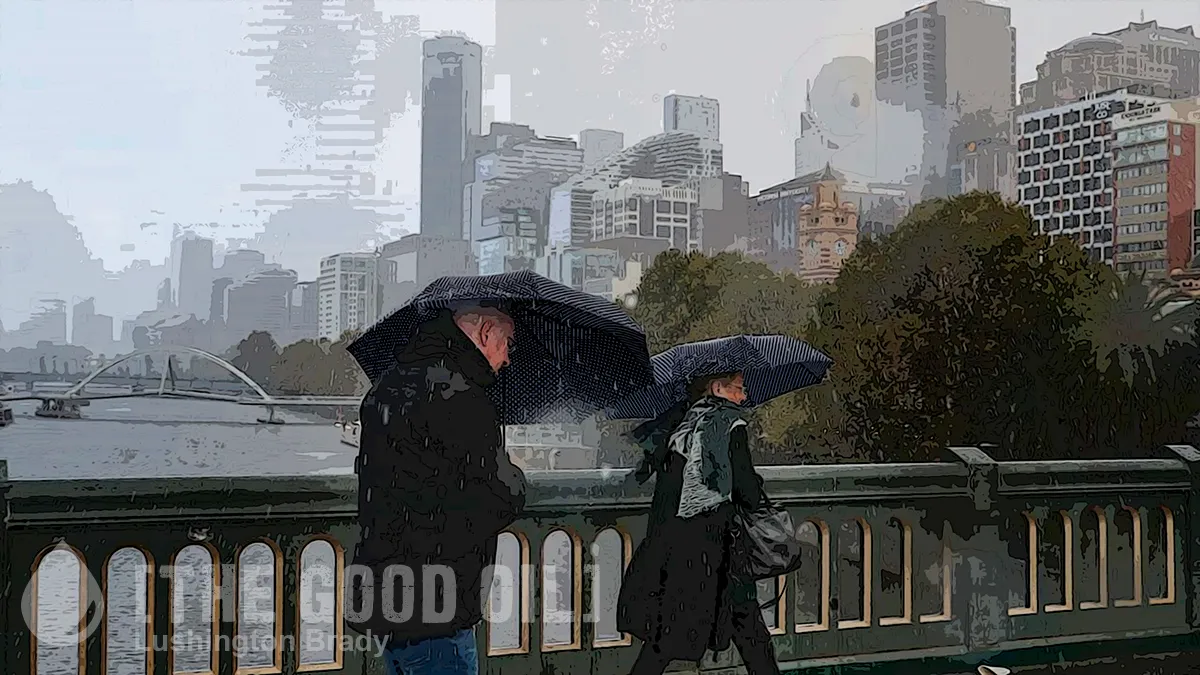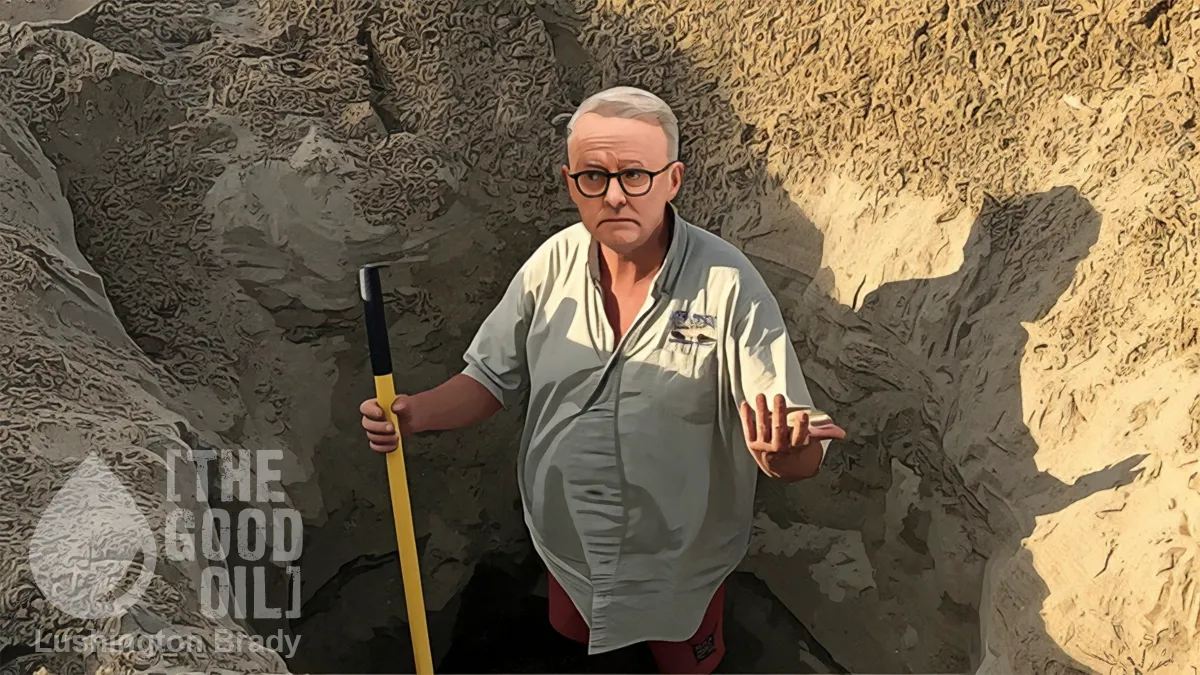Table of Contents
In the classic comedy Napoleon Dynamite, Uncle Rico is a failed wannabe-football star. A contender as a high school player, Rico has spent the rest of his filming himself tossing footballs and telling everyone how he once nearly made the NFL.
Melbourne is a bit like that.
It won a gong from the Economist as ‘the world’s most liveable city’, way back when, and hasn’t shut up about it since. Well, as Theodore Dalrymple once noted, a nod from the Economist is invariably a kiss of death. Any regime bestowed with the Economist’s favour, from the Soviet Union to Chavismo Venezuela, was destined to collapse in ignominy just a few years later.
The same goes for Australia’s own Little Venezuela.
The riots and anarchist mayhem in the city streets of Melbourne last week – during which rocks and acid were thrown at police, injuring 27 of them – suggest a serious tear in social fabric.
But there may be more straws blowing in the chill south wind, indicating that the glory days are well and truly over.
I only ever lived in Melbourne for six months, but all my life it’s been there: just a short, one-hour drive up the highway from my home town, which was a shorter trip than from some of Melbourne’s outer suburbs. So, if I wanted the benefits of Melbourne – the cultural scene, the shopping, whatever – I could have them, without having to actually live there. This was a city whose live music scene at one point easily rivalled London, Austin or the Delta Blues-era South (‘Does Melbourne have riverboats?’, one music magazine once wondered).
Melbourne is still there, of course, even if a plane flight away, rather than a drive (and the plane flight is shorter, thanks to the city’s choked freeways, than driving), but any reasons I might have had for wanting to go there are rapidly vanishing.
Melbourne’s CBD is struggling to regain its pre-pandemic vibrancy. Small business laments the slow return of workers to offices, underscored by a state government that allows its public servants to continue working-from-home – unlike its NSW counterpart.
A buzz used to characterise the urban hubbub generated in Melbourne’s idiosyncratic rabbit warren of laneways, densely crowded concentrations of eateries, cafes, bars, and alcove shops. Today, the milling throng is back, in pockets at times, but what of the old fizz that spiked the air?
A friend who lived in London for six months in the ’90s commented that returning to Melbourne reminded her that, in some cities, people still said ‘hello’ as you passed them in the street. Nowadays, Melbourne’s inhabitants are as furiously insular as any mardy-arsed Londoner.
And the streets they shuffle through, shoulders hunched in their expensive jackets, are as bleak as anything you’d see in a Democrat-run, failed metropolis.
Political unwillingness to address the public eyesore of a graffiti plague suggests a lack of care about appearance – lack of self-respect. Then there is the increasingly visible human tragedy of homeless people sleeping on city pavements; and the mushrooming of sleazy corners where drugs are traded and injected. San Francisco provides the cautionary tale in civic squalor of where this can end.
“To let” signs on local shopping streets have started to proliferate as they did during the pandemic years, a symptom of ailing small business. Restaurants are closing. The atmosphere in public, like in many homes, reeks of recession.
More tangible signs are everywhere, should you care to consult the data. The lowest birth-rate in the nation indicates a population who see no future worth raising kids in. High house prices might be a curse for home buyers, but they at least indicate a city where people want to live – Melbourne has slipped to third behind Brisbane for median house prices.
Brisbane, astonishing as it may once have seemed, is overtaking Melbourne as the cultural capital of Australia.
Melbourne has a history of regarding itself as the cultural capital of the nation, pre-eminent in creativity and style, and at times with good reason. Today, arguably the most brilliant children’s television series ever produced in this country, and certainly the most internationally successful one, Bluey, comes out of Brisbane.
As for perhaps Melbourne’s greatest cultural export since Dame Nellie Melba, the Miserable City has collectively turned its back on him, for the most tawdry reasons of po-faced politics.
Barry Humphries was very much a Melbourne boy. On live stage in his beloved home city, he would quiz audience members on which suburb they lived in, and in which street – usually familiar with its features. He celebrated the grainy colours and fibre of its vast suburbia in his comedy, starting in Moonee Ponds.
Yet, when he died as arguably the greatest creative stage talent Australia has ever produced, incisive social satirist, brilliant side-splitting comic wit, his Dame Edna an international superstar, the state government showed no inclination to host a public funeral. That went to Sydney. What has happened to Victoria’s cultural antennae?
They’ve been auto-da-fe’d into submission by the city’s New Inquisitors. Like the Dominicans of old, black is the colour of Melbourne’s new wowsers.
And grey is its landscape.









